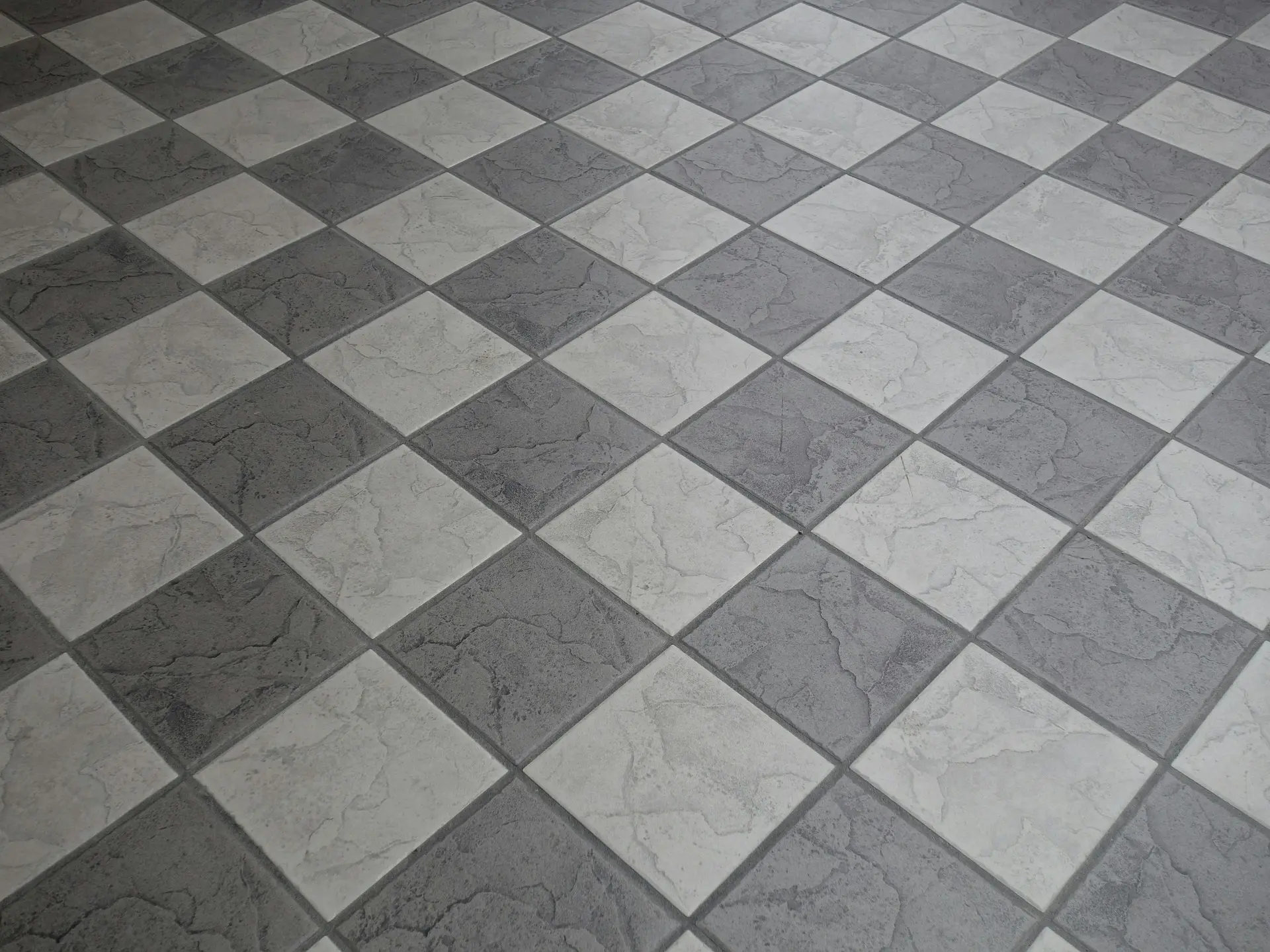TILE
"Ceramic tile has been around for centuries. Today's technologies have allowed manufacturers to created
new design and application possibilities that were not available just a decade ago."

"Ceramic tile has been around for centuries. Today's technologies have allowed manufacturers to created
new design and application possibilities that were not available just a decade ago."

Ceramic wall tiles are typically less durable than tile designed specifically for flooring. Most wall tile is glazed and has a semi-gloss or matte surface. The glazed surface has a very low slip resistance, becoming slippery when wet. This type of tile is best suited for wall or countertop applications.
This tile is comprised of clay and water. Various clays are mined, ground and blended to a fine powder, then pressed together to form the body of the tile. The clay body is then dried to reduce the moisture content. The surface of the tile is then coated with a colored glaze (similar to glass). The glaze is permanently fused to the surface of the tile by firing it in kilns at approximately 2000° Fahrenheit, to complete the finished product.
Porcelain tile is made from a blend of fine-grain clays and other minerals to produce a very dense material. This makes it highly resistant to moisture, staining and wear. Porcelain tile will withstand years of heavy foot traffic in both interior and exterior applications and cold temperatures while maintaining its color and beauty.
No. There are specific recommendations where a tile can be used.
Typically they are rated for Walls, Countertops, Floors. Porcelain tiles are typically rated for outdoor use due to their moisture resistance.
A tile that has been “rectified” has had all its edges mechanically finished in order to achieve a precise facial dimension. This allows for narrower grout joint that have recently gained in popularity.
In general, porcelain tile is harder than ceramic and offers greater design flexibility. While the process manufacturing both are similar, made from clay and other naturally occurring materials fired in a kiln, the clay used to make porcelain tile is more refined and purified.
HTML Creator